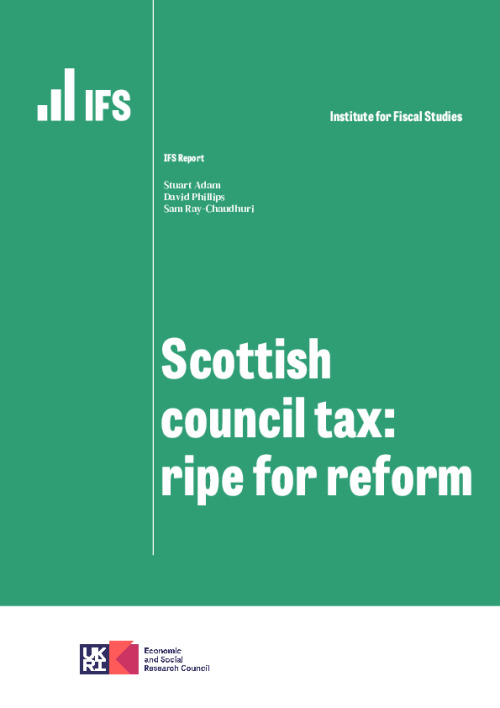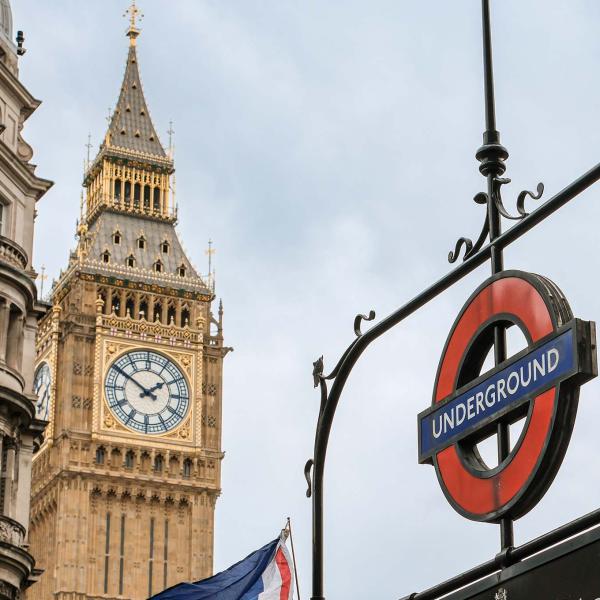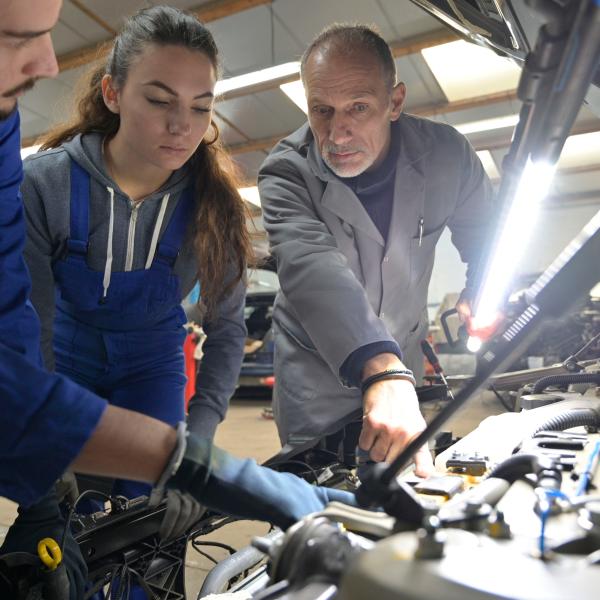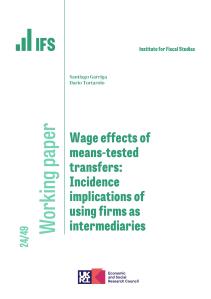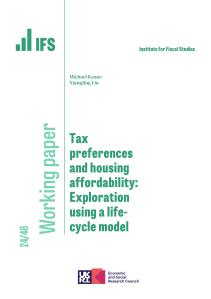Council tax is levied on the occupiers of residential property to help fund the provision of local services. Individual Scottish councils set the tax rates for their area, but it is the Scottish Government that determines the tax base to which the tax rates apply. With properties still assigned to tax bands based on an assessment of how much they were (or would have been) worth in April 1991, this tax base is now over a third of a century out of date. The tax rates are a lower share of property value for high-value properties: the tax is regressive with respect to property value. And a range of discounts and exemptions distort the usage of residential property, in particular contributing to both the overcrowding and the underoccupation of property. Revaluation and reform of council tax could improve the fairness and efficiency of Scotland’s tax system, especially if combined with reforms to Scotland’s other property taxes. With a process of stakeholder engagement on reform of council tax set to take place this year, it is an opportune time to consider the options and potential impacts on different types of Scottish households.
This chapter of our Budget Report sets out the case for revaluing and reforming Scotland’s council tax, analyses the potential impact of two example reforms on different types of households, and discusses a number of practical considerations for a successful reform, such as transitional arrangements and legislation for regular future revaluation.
Key findings
- The Scottish Government reformed council tax in 2017 to make it less regressive, but failed to tackle the most obvious problem with the tax: the lack of a property revaluation since its introduction over 30 years ago. In the intervening years, the values of different properties have increased by vastly different amounts. Properties now worth similar amounts can face bills that differ by hundreds of pounds because they used to be worth different amounts in 1991; conversely, those now differing in value by hundreds of thousands of pounds can face the same tax bill. This is unfair and we estimate that over half of properties are now effectively in the ‘wrong band’, in the sense that if the same number of properties were in each band but based on current rather than 1991 values, over half would be in a different band. Revaluation would address this.
- Wider reform could further improve the fairness and efficiency of the tax. Despite the 2017 reform, council tax is still highly regressive with respect to property value. If the Scottish Government wanted to continue to make the overall tax system more progressive, doing so through council tax would have less-damaging effects on work incentives, tax avoidance and migration than doing so through income tax. Reforming the single person discount could also remove a distortion that currently makes it cheaper for single-adult households, and more expensive for multi-adult households, to live in higher-band properties – which contributes to both underoccupation and overcrowding.
- Updating the allocation of grant funding to councils would be vital alongside council tax revaluation and reform if tax bills across Scotland were to fully reflect the reformed system. In the absence of any redistribution of grant funding, if councils wanted to maintain their spending they would each need to raise as much council tax as now, and so levy the same average tax bill. In that case, revaluation and reform would redistribute bills between households within council areas (e.g. within Edinburgh) but not across council areas (e.g. between Edinburgh and Glasgow).
- If properties were revalued for council tax on a revenue-neutral basis and grant funding redistributed accordingly, we estimate that around 60% of households would see little change to their net bill – those whose band did not change and/or whose bill was covered by the means-tested council tax reduction scheme (CTRS). Roughly equal numbers would see increases and decreases, with an estimated 11% seeing a cut of over £200 per year and 11% seeing an increase of over £200. The average change in bill would be close to zero at all income levels, although a higher share of low-income households would see no change to their net bill due to the CTRS.
- Making council tax less regressive with respect to property value would, on average, reduce bills for lower- and middle-income households and increase them for higher-income households. Under a system where tax rates were proportional to the (up-to-date) median property value in each band, for example, households in the poorest four-fifths of the income distribution would see their bills fall by £56 a year on average (with the biggest reductions for the second-poorest fifth). The top fifth would see an increase of £227, on average. More households would see their bills cut than increased, but there would be more very large increases than cuts: for example, while 6% would see a cut of at least £500, 10% would see an increase of at least £500.
- We would expect changes in a property’s annual council tax bill to be reflected to a large extent in changes in the property’s value. The winners (losers) from falls (rises) in council tax bills would therefore primarily be the existing owners of properties at the time any reform is introduced, rather than whoever is living in them and actually paying the council tax bills in subsequent years (who would face lower (higher) tax bills but have to pay correspondingly more (less) for the property).
- The Scottish Government could phase in any changes – particularly more radical ones – using a transitional relief scheme. It could also consider a scheme to allow the ‘asset-rich, cash-poor’ to defer the payment of part of their bills (with interest) until they sell their property or die, or some other time limit (e.g. 10 years). Such schemes operate in Ireland, and British Columbia in Canada, and have been used in the UK to help people defer the cost of residential care home fees.
- The Scottish Government should follow Wales’s lead and legislate for regular future council tax revaluations to reduce the risk of another third of a century (or more) passing before the issue is tackled again. Advances in computing mean it is now quicker and cheaper to revalue properties than it used to be, making regular revaluations more practical.

